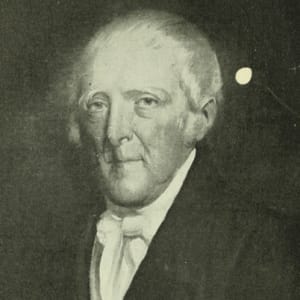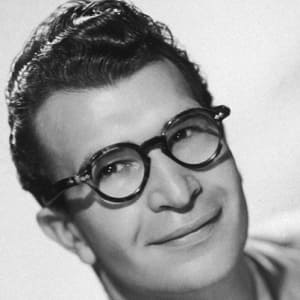
Hedy Lamarr
Hedy Lamarr was a beautiful Austrian-American actress during MGM’s “Golden Age” who also left her mark on technology. She helped develop an early technique for spread spectrum communications.
Who Was Hedy Lamarr?
Hedy Lamarr was an actress during MGM's "Golden Age." She starred in such films as Tortilla Flat, Lady of the Tropics, Boom Town and Samson and Delilah, with the likes of Clark Gable and Spencer Tracey. Lamarr was also a scientist, co-inventing an early technique for spread spectrum communications—key to many wireless communications of our present day. A recluse later in life, Lamarr died in her Florida home in 2000.
Hollywood Career
Actress Hedy Lamarr was born Hedwig Eva Maria Kiesler on November 9, 1913, in Vienna, Austria. Discovered by an Austrian film director as a teenager, she gained international notice in 1933, with her role in the sexually charged Czech film Ecstasy. After her unhappy marriage ended with Fritz Mandl, a wealthy Austrian munitions manufacturer who sold arms to the Nazis, she fled to the United States and signed a contract with the Metro-Goldwyn-Mayer studio in Hollywood under the name Hedy Lamarr. Upon the release of her first American film, Algiers, co-starring Charles Boyer, Lamarr became an immediate box-office sensation.
"Any girl can be glamorous, all you have to do is stand still and look stupid." – Hedy Lamarr
Often referred to as one of the most gorgeous and exotic of Hollywood's leading ladies, Lamarr made a number of well-received films during the 1930s and 1940s. Notable among them were Lady of the Tropics (1939), co-starring Robert Taylor; Boom Town (1940), with Clark Gable and Spencer Tracy; Tortilla Flat (1942), co-starring Tracy; and Samson and Delilah (1949), opposite Victor Mature. She was reportedly producer Hal Wallis's first choice for the heroine in his classic 1943 film, Casablanca, a part that eventually went to Ingrid Bergman.
'Secret Communications System'
In 1942, during the heyday of her career, Lamarr earned recognition in a field quite different from entertainment. She and her friend, the composer George Antheil, received a patent for an idea of a radio signaling device, or "Secret Communications System," which was a means of changing radio frequencies to keep enemies from decoding messages. Originally designed to defeat the German Nazis, the system became an important step in the development of technology to maintain the security of both military communications and cellular phones.
Lamarr wasn't instantly recognized for her communications invention since its wide ranging impact wasn't understood until decades later. However, in 1997 Lamarr and Antheil were honored with the Electronic Frontier Foundation (EFF) Pioneer Award, and that same year Lamarr became the first female to receive the BULBIE™ Gnass Spirit of Achievement Award, considered the "Oscars" of inventing.
Later Career
Lamarr's film career began to decline in the 1950s; her last film was 1958's The Female Animal, with Jane Powell. In 1966, she published a steamy best-selling autobiography, Ecstasy and Me, but later sued the publisher for what she saw as errors and distortions perpetrated by the book's ghostwriter. She was arrested twice for shoplifting, once in 1966 and once in 1991, but neither arrest resulted in a conviction.
Personal Life, Death and Legacy
Lamarr was married six times. She adopted a son, James, in 1939, during her second marriage Gene Markey. She went on to have two biological children, Denise (b. 1945) and Anthony (b. 1947), with her third husband, actor John Loder, who also adopted James.
In 1953, Lamarr completed the naturalization process and became a U.S. citizen.
In her later years, Lamarr lived a reclusive life in Casselberry, a community just north of Orlando, Florida, where she died on January 19, 2000, at the age of 86.
In 2017, director Alexandra Dean shined a light on the Hollywood starlet/unlikely inventor with a new documentary, Bombshell: The Hedy Lamarr Story. Along with delving into her pioneering technological work, the doc explores other examples in which Lamarr proved to be far more than just a pretty face, as well as her struggles with a crippling drug addiction.
A dramatized version of Lamarr featured in a March 2018 episode of the NBC series Timeless, which centered on her efforts to help the time traveling team recover a stolen workprint of the 1941 classic Citizen Kane.




